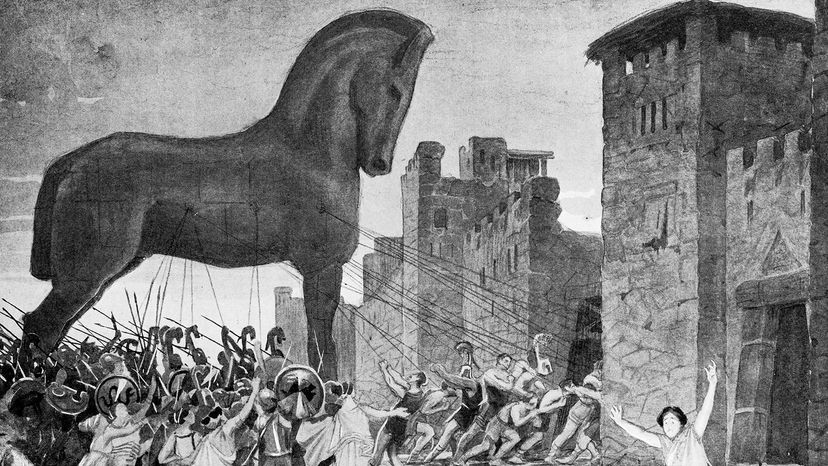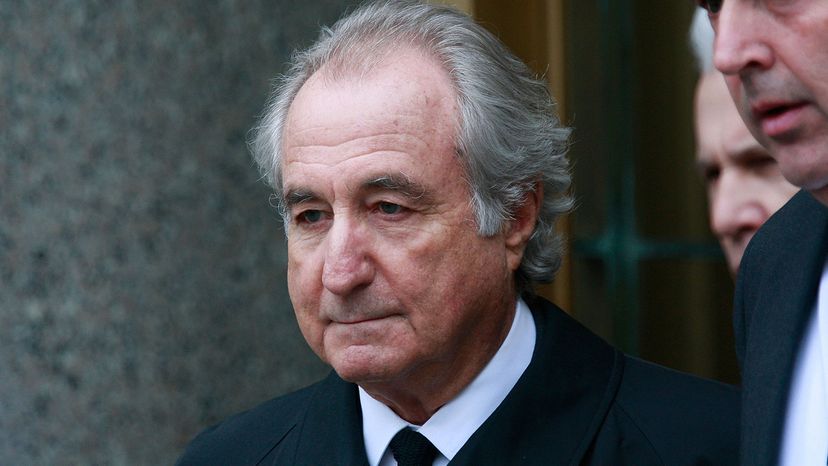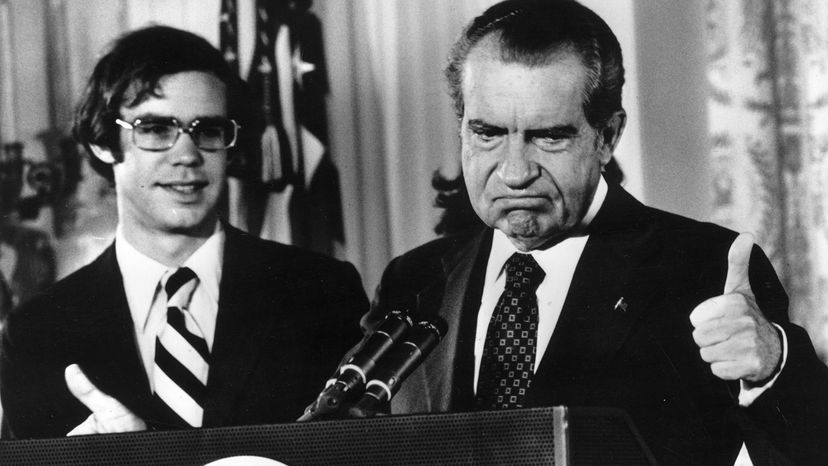
According to legend, a young George Washington confessed to cutting down a cherry tree by proclaiming to his father, "I cannot tell a lie." His father embraced him for telling the truth and declared that honesty was more valuable than a thousand trees. The story is testament to how much respect Americans have for their cherished first president and honesty in general, even though, ironically, the story is not true. (It was invented by one Washington's first biographers after Washington's death.) Still by most accounts, it appears that Washington was a man of high moral character. Unfortunately, in the annals of history, it seems there are 10 dishonest scoundrels for every honorable hero like Washington.
Supposedly, the truth can set you free. But for many, deceit holds the key to money, fame, revenge or power, and these prove all too tempting. In history, this has often resulted in elaborate hoaxes, perjuries and forgeries that had enormous ripple effects.
Advertisement
In the following pages, we'll go over some of the most colossal and significant lies in history. Although such a list can't be comprehensive, we sought to include a variety of lies that influenced politics, science and even art. As a result of these, lives were lost, life savings destroyed, legitimate research hampered and — most of all — faith in our fellow man shattered.
Without further ado, let's delve into one of the oldest and most successful lies on record.












